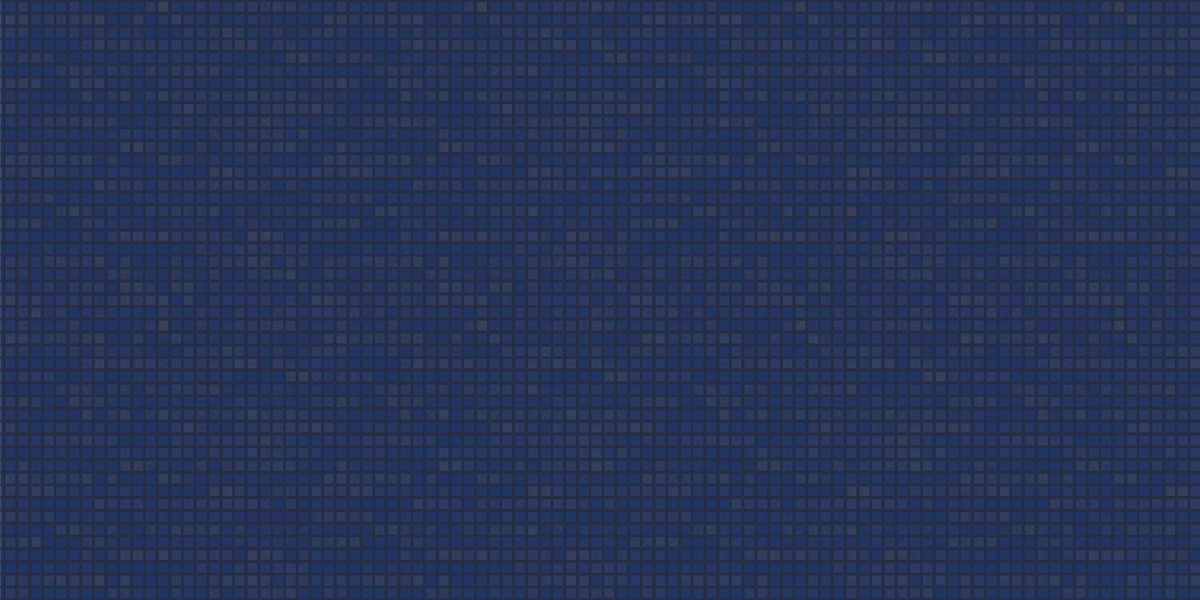Howard University is one of the 2018 winners of the Challenge Fund. See all the winners.
Team
- Ingrid Sturgis, Assistant Professor of New Media, Department of Media, Journalism and Film (MJF), Howard University
- Michael Austin, Assistant Professor, MJF, Howard University
- Yanick Rice Lamb, Associate Professor, Interim Assistant Chair, MJF, Howard University
- Jefferi K. Lee, General Manager, WHUT
- Vicci Saunders, Director, Glasshouse Radio, WHUR
- Ron Nixon, New York Times
- Matt Dulin, Community Impact Newspaper
Describe your project
The News Oasis will test whether this connected generation will support a project that delivers news and information via mobile phone. It will examine how the movement of African-Americans online has been impacted as much by the type of available content that addresses their needs as by the method in which they access the internet. Black consumers have said that they did not find the internet welcoming because they did not find content that addressed their needs. This project will examine whether they prefer to read their news on the internet via laptops or desktops vs. on mobile devices.
What is your experiment?
The experiment will be conducted by comparing news presented on websites, such as HU News Service and news presented on the app created for this project. The News Oasis is a social, gamified app for a young, black audience that will generate news and information through the use of student journalists, citizen journalists, freelance journalists, and by curating the best of news and information from our news partners.
This mobile-first platform will reach our audience through the use of a gamified news and information app to encourage reader engagement through a user dashboard. It will deliver a playlist of news that can be voted up or down as well as allow commenting. The app will suggest stories created in rich media as well as text, according to a user’s profile and preferences. Content will include breaking news, local sports scores, relevant black blogs, job and career information, educational opportunities, crime and social justice news, personal finance, wellness, lifestyle, and spirituality.
The audience will be young African-Americans who own a cellphone and use it to get news. News will also be delivered via push notifications. The project will also examine the trend of users who consume news all day rather than in the morning or evening as has been the custom in years past.
If the experiment works, what do you think might happen?
If this experiment works, it might spur the growth of mobile sites that focus on delivering news and information to an extremely under-served audience. According to a report by the American Press Institute, the growth of web and mobile media “has not fulfilled the promise of more coverage, and more accurate coverage, of underserved ethnic communities.” In addition, “many African-Americans say they are still not being delivered meaningful, useful news and information of value to them.”
How is this project unique and innovative?
This project would rely on push notification as the main distributor of news and information geared toward African-Americans. According to the American Press Institute, African-Americans are more likely to sign up for news alerts as a trusted means for getting news. This means that if we are good at delivering news that hits our target well, they will also indicate their trust and support by signing up for news alerts. In addition, news alerts will tell us what kinds of news our audience is seeking.
How might this experiment change teaching at your school or media practices in your partner’s newsroom?
This experiment might change teaching and media practices because it would open up another route for storytelling. We would be able to expand into mobile storytelling as well as offering different platforms for HU News Service, which has an audience that comes from the over 200 black press newspapers. We would be able to offer a course on delivering news on alternative platforms as well as to teach students how to address a different audience on mobile.

